How much do you know about Croatian wine? TCN's series 25 Things to Know continues on March 4, 2016, with a look at Croatian wine, and we are delighted that one of Dalmatia's most innovative gourmet experts, Zoran Pejovic from Paradox Hospitality, the man who started the wine bar trend in Split, has compiled a fascinating list for us.
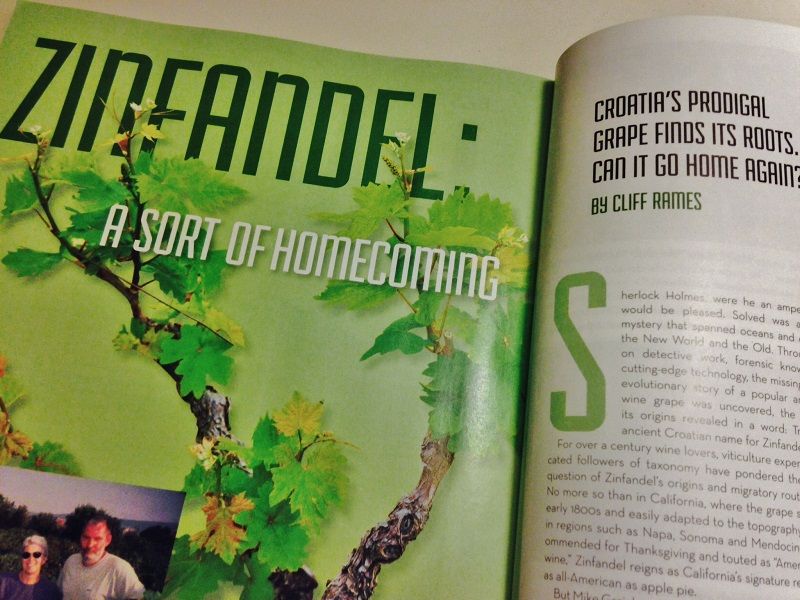
(TCN's Cliff Rames is something of an expert on 'the original Zinfandel'.)
1. Tribidrag – one of the great red noble grape varieties of the world, known as Zinfandel in California as well as Primitivo in the south of Italy, hails from Croatia, more precisely from Dalmatia, where it is known as Crljenak Kaštelanski and Pribidrag or Tribidrag. New vineyards have been planted over the past decade and the most notable producers include Bedalov and Vuina from Kašela, Mimica from Omiš, Rizman from Komarna and Stina from the Island of Brač.

(Photo courtesy of Secret Dalmatia. For more on Bucavac, visit their blog)
2. Bucavac – proof of an incredible human effort, Bucavac is a vineyard near the town of Primošten and is on the tentative UNESCO World Heritage List waiting for its inclusion as cultural heritage. Bucavac vineyard is planted with an autochthon grape variety called Babić. Over the centuries this hardly accessible rocky terrain has been turned into a vineyard by making small plots of land separated by stone drywalls making the vineyard reminiscent of stone lace.
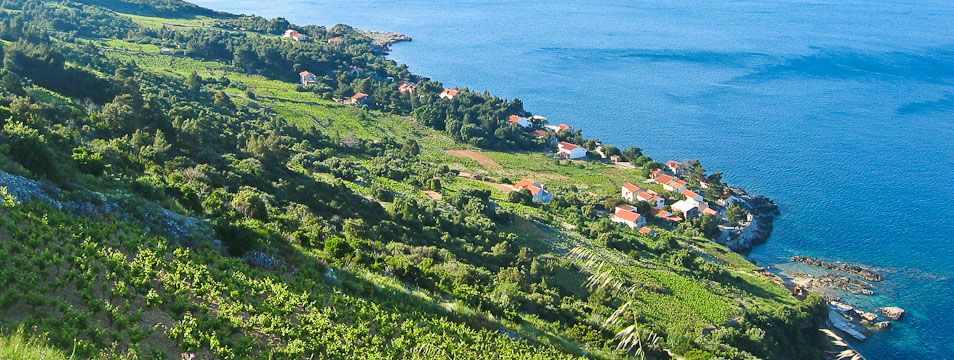
3. Dingač – probably the most famous of all wine regions in Croatia is located on the Pelješac peninsula. This southwestern facing vineyard area is producing grapes for some of the most famous Croatia’s red wines. It is planted with the Plavac Mali grape variety. The terrain is karst with just a tiny layer of soil held by the roots of the vines. The slopes are coming straight out of sea at the 45% degrees and enjoy over 2800 hours of sun annually.

4. Mike Grgich – legendary winemaker of Chateau Montelena’s 1973 Chardonnay which defeated all the best white Burgundies in a blind wine tasting in 1976, known as the Judgement of Paris. Miljenko Grgić, as he is known in his native Croatia, hails from Dalmatia and owns wineries both in California as well as in Croatia.
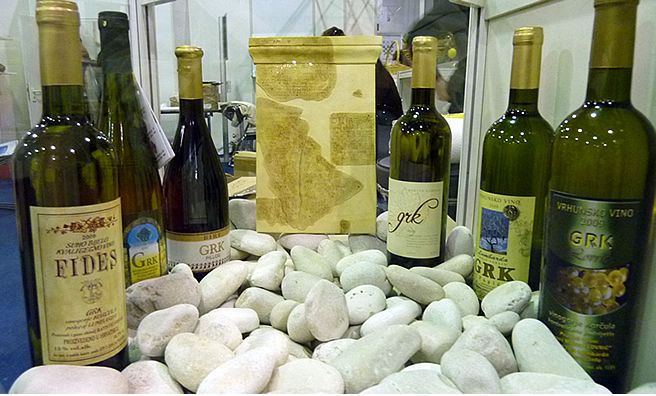
5. Over 130 autochthon grape varieties – are said to exist in Croatia. 39 of those have been covered in international literature which puts Croatia near the top of the list of countries by the number of autochthon grape varieties. The most famous of them all is Tribidrag aka Zinfandel.
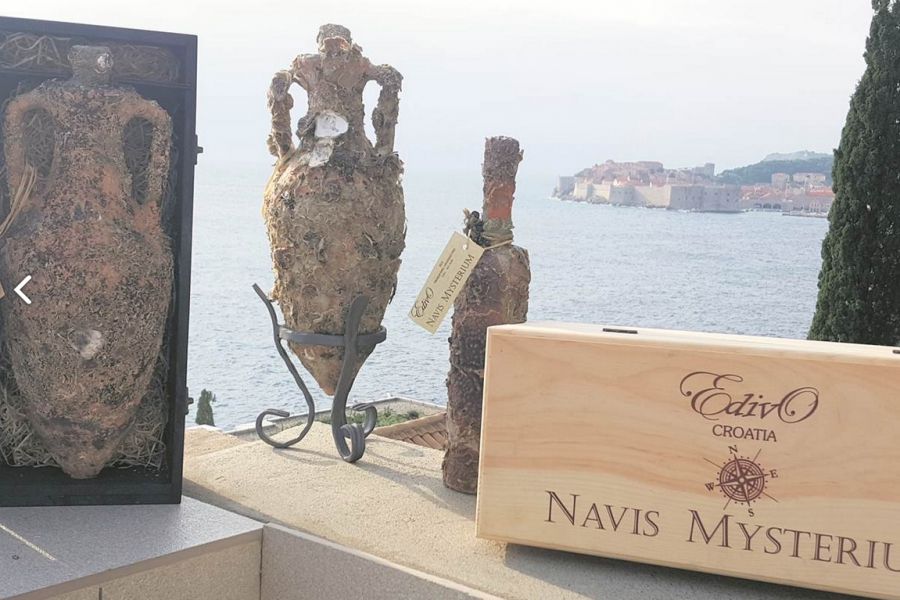
6. Wines from amphora – have a long tradition in Georgia, but it is a little known fact that several Croatian winemakers, Tomac from Plešivica and Kabola form Istria among others ferment and age their wines in these large clay vessels with great success.
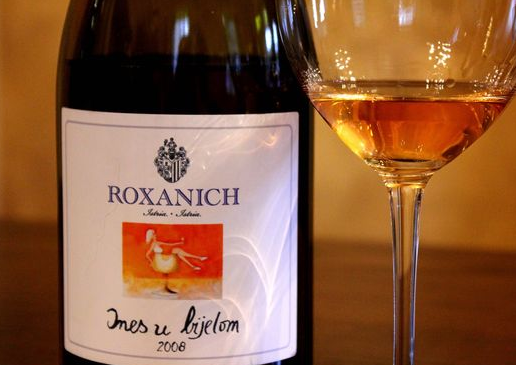
7. Orange wines – are not made from oranges. These white wines are made by prolonged maceration of the grape skins with the must which causes wines to develop amber or orange color. Some of the most famous producers of orange wines in the world come from Croatia. Clai and Roxanich from Istria are the first that come to mind.

8. Vugava - is an autochthon white grape variety from the Island of Vis and could be found in other parts of Dalmatia as well. It is believed that this grape variety is over 2000 years old! Due to its similarities with French grape variety Viognier it was believed that Vugava was its ancestor but DNA profiling didn’t support that theory. Some even theorize that Agatharchides, a Greek historian, was praising Vugava when he wrote: “On the island of Vis is a wine produced that no other wine equals”.
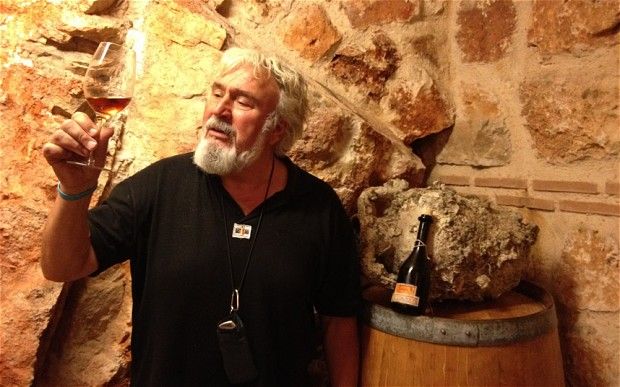
(Legendary Hvar winemaker Andro Tomic, with Croatia's best Prošek)
9. Prošek – is not prosecco and has nothing to do with that mass-produced Italian sparkling wine. Prošek is a traditional sweet dessert wine from Dalmatia that is made from dried grapes of either red grape variety (Plavac Mali) or white grape varieties (Maraština, Kuć, Bogdanjuša, Malvasija Dubrovačka and so on). Currently, the best Prošek on the market are made by winery Tomić from the Island of Hvar and winery Stina from the Island of Brač.
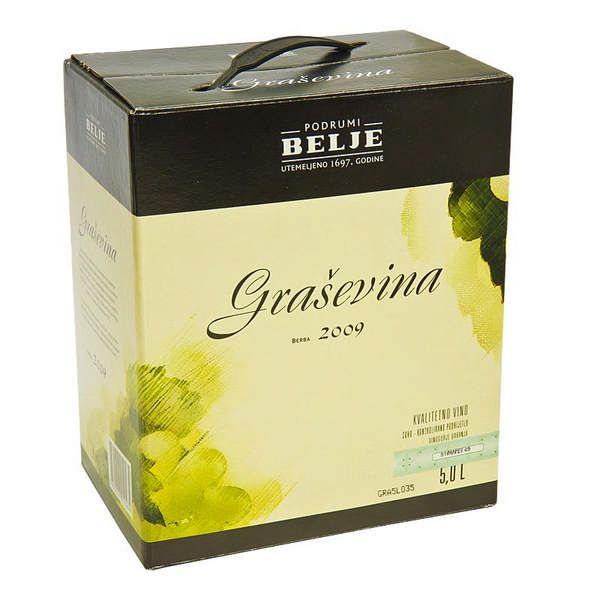
10. Graševina – also known as Welschriesling, Laški Rizling or Olasz Riesling in other parts of Central and Eastern Europe is the most widely planted grape variety in Croatia. It is mostly planted in Slavonia. Best producers are Krauthaker, Adžić and more recently Galić
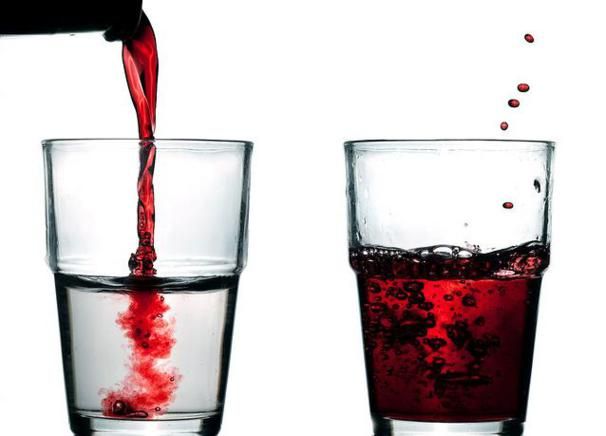
11. Gemišt – very popular drink in Croatia made by mixing white wine, usually Graševina and mineral sparkling water. Ratios of water and wine differ and are usually prepared to taste. This drink is especially popular in the northern parts of Croatia.
12.Bevanda – is another very popular mixed drink in Croatia, most notably Dalmatia in which red wine and water are mixed together.

(UNESCO World Heritage Site the Stari Grad Plain on Hvar, whose wine tradition dates back 2,400 years)
13. Over 2500 years – of history of wine production in what is today called Croatia. According to earlier findings, wine production started with the Greek settlers on the islands of Korčula, Hvar and Vis, however recent findings show that Illyrians living in Dalmatia cultivated grapes in the Bronze age.
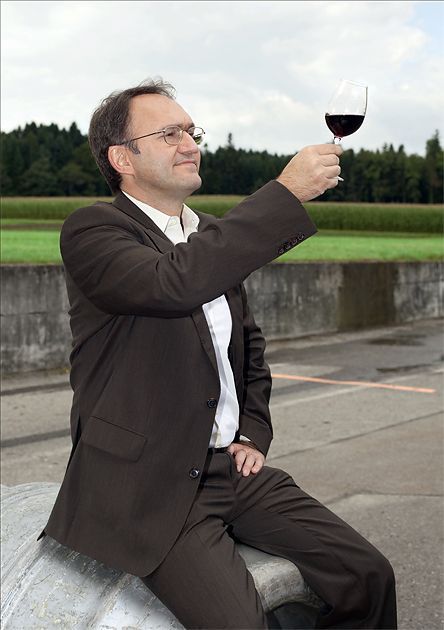
14. Ivan Barbić – the only Master of Wine with a Croatian Passport is also co-signing the production of one of the most famous Croatian red wines, Duboković & Barbić Medvid made from the grapes of Plavac Mali on the Island of Hvar in the cellar of Ivo Duboković.

15. Vallis Aureae – or the “Golden Valley” is the wine region in Slavonija and has been the center of winemaking since the Illyrians. It is situated on the 45,3 parallel, same as the famous vineyards of Piedmont, Cotes du Rhone, Bordeaux and Oregon.
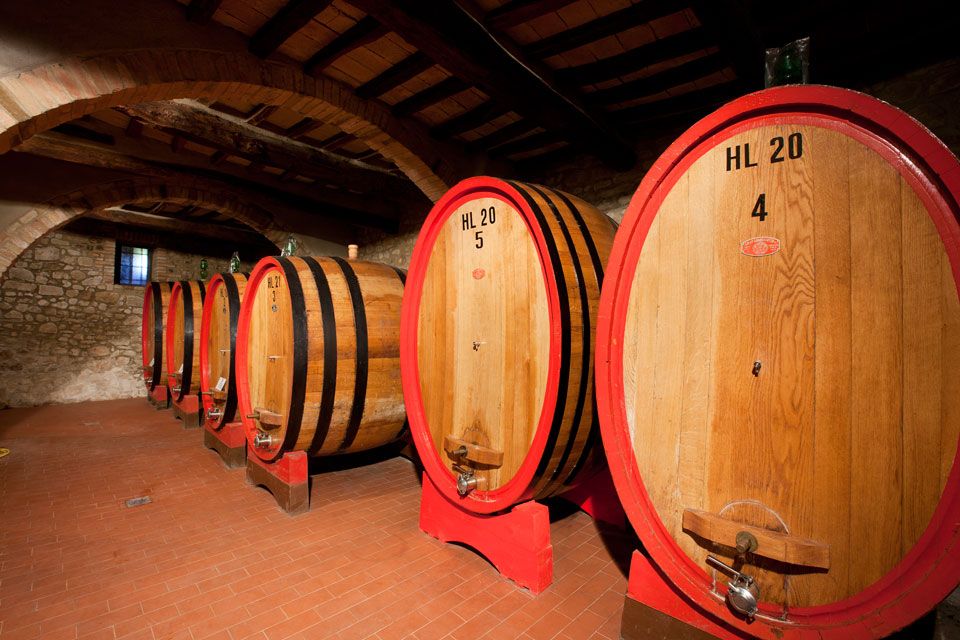
16. Slavonian oak – is world famous for making oak barrels for wine aging. It is used to produce small barrique barrels but even more so large barrels. It is made from Quercus robur oak which is known for its tight grain, low aromatics and medium level tannins.
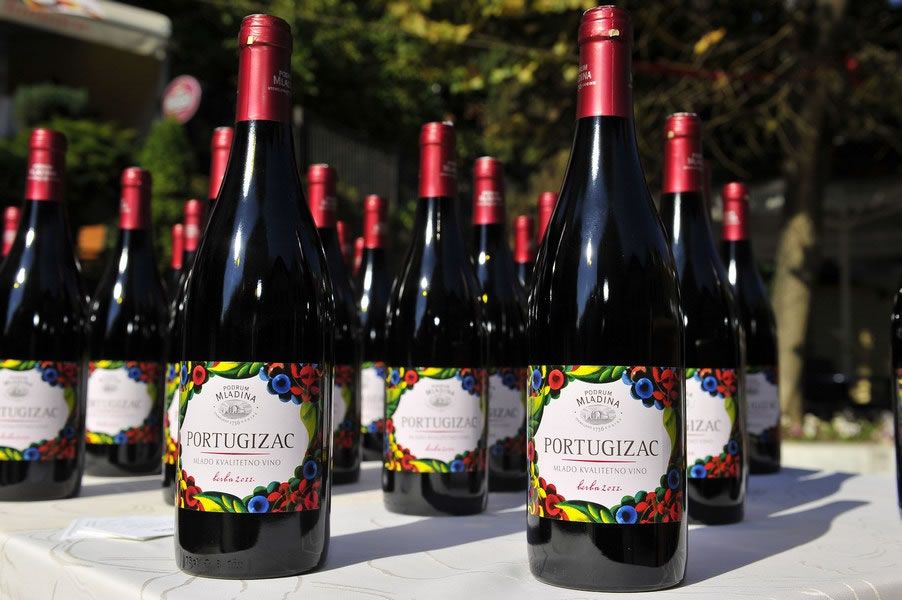
17. Portugizac – is the young red wine produced in the wine regions near Zagreb, in and around Plešivica, as well as to a smaller extent in Slavonija. It comes to the market even before the iconic French Beaujolais. Portugizac is the symbol of autumn and it is best enjoyed with roasted chestnuts as well as regional specialties made with duck, goose or even blood sausage.
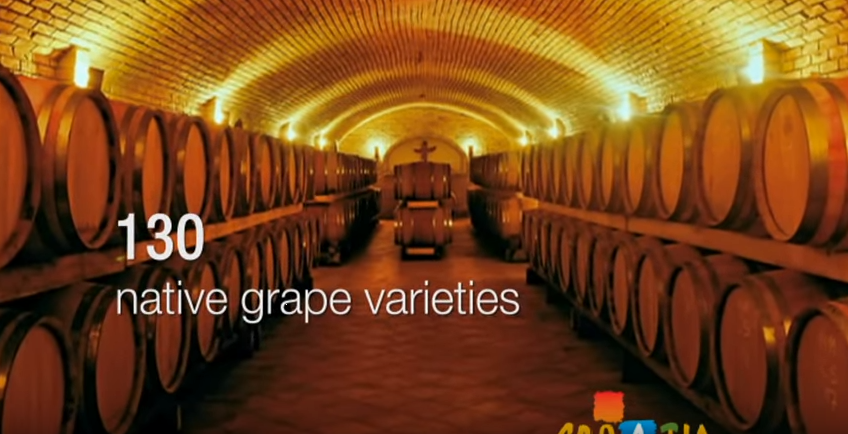
18. Croatia in numbers – according to Jancis Robinson in the Oxford Companion to Wine (4th edition) Croatia is 34th on the list of countries by total vineyard area with 29,000 hectares, 21st country by wine production with 1,293,000hl per year in 2012, as well as 7th when per capita consumption by country is calculated with 38,9 litres.
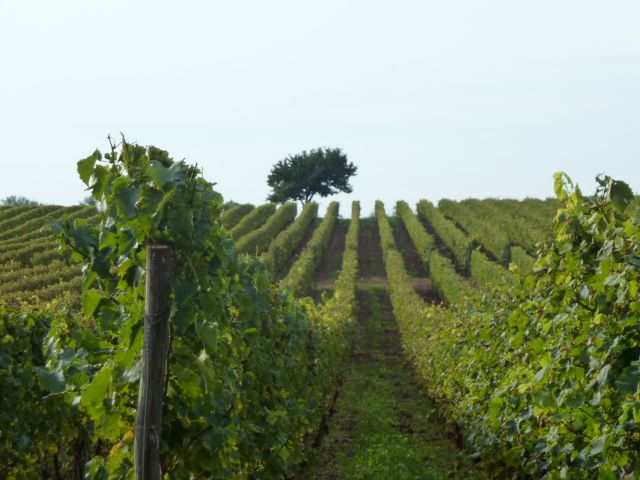
19. Malvazija or Malvasia Istriana – is the white grape variety from Istria and is the first wine from Croatia to have its own glass made by Riedel, renowned Austrian glass makers. Most prominent producers of Malvazija are Kozlović, Matošević, Coronica and Degrassi.

20. Bodren – is the most decorated winemaker from Croatia, according to the prestigious Decanter Magazine, winning the regional trophy in 2011, 6 gold Wine Awards, 8 silver Wine Awards and numerous other recognitions. Bodren became synonymous with predicate wine from Croatia, most notably his ice wines. His vineyards are located in the northwest part of Croatia in Hrvatsko Zagorje.

(Alen Bibić, right, with TCN's Cliff Rames)
21. Alen Bibić – of Bibich winery from Plastovo, near Skradin in Northern Dalmatia is probably the most versatile gastro & wine figure in Croatia encompassing wine production, fantastic private restaurant, great marketing skills while making some of the most expensive wines in Croatia and at the same time selling the largest portion of his production in the Unites States. Anthony Bourdain visited Bibich winery and famously proclaimed “Why, oh why, is there so much amazing wine in this country?”.
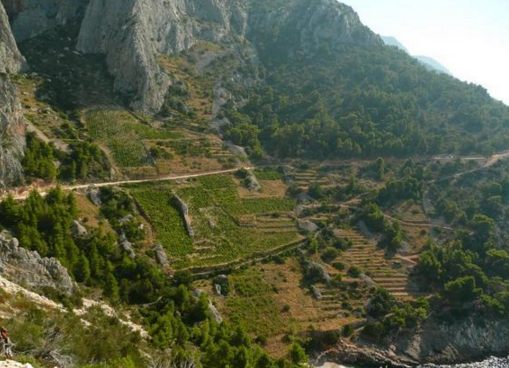
(Photo credit Ilya Shchukin - the steep Plavac Mali vineyards on the southern slopes of Hvar)
22. Plavac Mali – is the most widely planted red grape variety in Croatia. It makes big reds high in alcohol and tannins. Planted all over Dalmatia Plavac Mali is the offspring of Tribidrag or Crljenak. Traditionally, the best Plavac Mali is grown on the slopes of Dingač and Postup on Pelješac, Sveta Nedilja and Medvid Bod on the Island of Hvar, Murvica on Island of Brač. Most notable producers are Miloš and Bura from Pelješac, Plenković, Tomić and Duboković from the Island of Hvar and Stina and Baković from the Island of Brač.
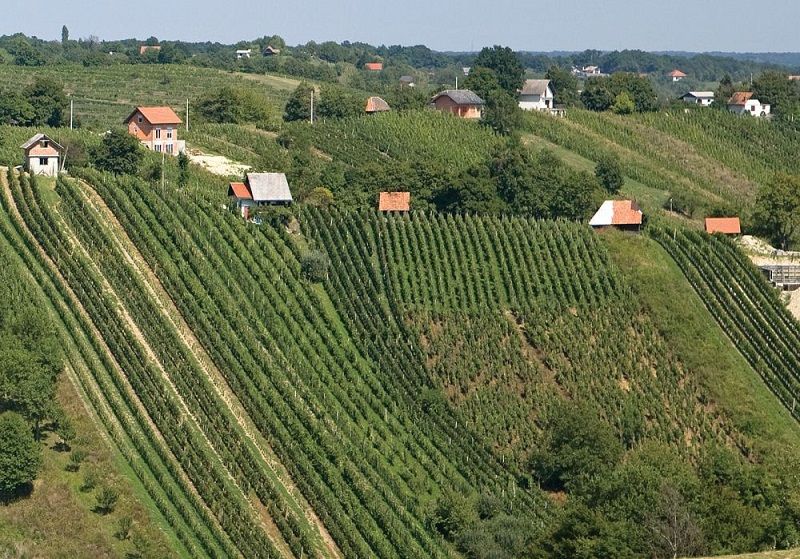
23. Plešivica – known also as Croatian Champagne or Croatian Burgundy is Croatia’s most potent wine region for international grape varieties Chardonnay, Pinot Noir, Sauvignon Blanc as well as Riesling. It is also home to Croatia’s best sparkling wines. The best-known producers from Plešivica are Tomac, Šember and Korak.
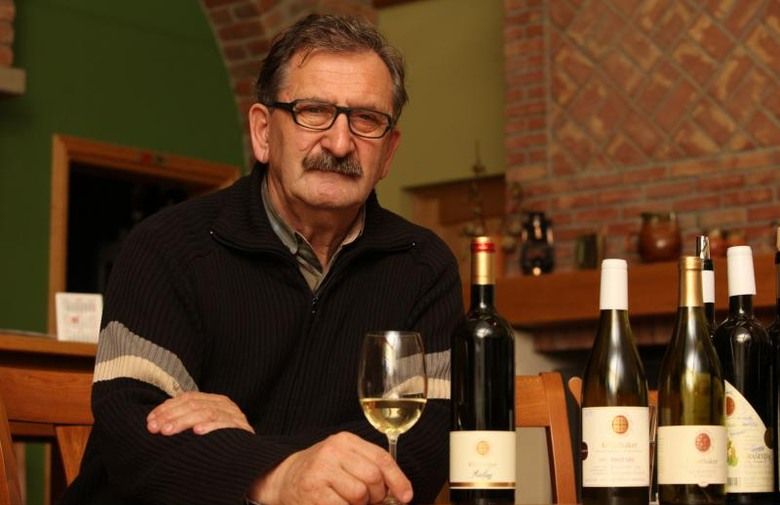
24. Vlado Krauthaker – is, in the humble opinion of the writer of this list, Croatia’s best winemaker. Producing wines in Kutjevo, Slavonija Krauthaker’s wine opus spans over twenty different wine labels. From some of the best Graševina to the fantastic Cabernet Sauvignon & Merlot blends to the wines made of Nebiollo and Syrah. Also, he is producing wines without added sulphur under the label Kuvlakhe.

25. Wine & Cheese Bar Paradox – obviously the best wine bar in Croatia ;). (EDITOR'S NOTE - Zoran can be credited with initiating something of a wine bar revolution in Split, after he opened the first wine bar in the capital 4 years ago, a true novelty at the time, and a winning combination which quickly shot to the top of TripAdvisor. The success brought many similar (but not quite as good) wine bars to the centre, and wine bars are now an important part of the social mix in Split. Perhaps the more important legacy however is twofold. Firstly, the highly educated staff and quality and diverse range of wines are proving to be an excellent educative platform for tourists (and locals) to learn more about Croatian wine, while Paradox has been an exceptional promotional window for some of Croatia's smaller producers without big marketing budgets. Learn more about Paradox on their Facebook page.)
To learn more about Croatian wine, a great place to start is with Wines of Croatia, a very informative blog from TCN's Cliff Rames.

Interested to learn more about Croatia? Check out our 25 Things to Know series.


